The New York Botanical Garden announces its major 2015 exhibition, Frida Kahlo’s Garden, focusing on the iconic artist’s engagement with nature in her native country of Mexico. Opening on May 16, 2015, and remaining on view through November 1, 2015, the exhibition will be the first solo presentation of Kahlo’s work in New York City in more than 25 years, and the first exhibition to focus exclusively on Kahlo’s intense interest in the botanical world.
Visitors to the Enid A. Haupt Conservatory will walk through a stunning flower show re-imagining Kahlo’s studio and garden at Casa Azul (“Blue House”) in Coyoacán, Mexico City. Curated by distinguished art historian and specialist in Mexican art Adriana Zavala, Ph.D., the multifaceted exhibition will include a rare display of more than a dozen original Kahlo paintings and drawings on view in the LuEsther T. Mertz Library’s Rondina and LoFaro Gallery at the Garden.
The landmark Enid A. Haupt Conservatory at The New York Botanical Garden will come alive with the colors and textures of Frida Kahlo’s home country of Mexico during the 2015 exhibition. Visitors entering the exhibition will view a re-imagined version of Kahlo’s garden at Casa Azul, the artist’s childhood home outside of Mexico City where she resided in her later years, transforming it with traditional Mexican folk-art objects, colonial-era art, religious ex-voto paintings, and native Mexican plants. Passing through the blue courtyard walls, visitors will stroll along lava rock paths lined with flowers, showcasing a variety of plants native to Mexico. A scale version of the pyramid at Casa Azul-originally created to display pre-Columbian art collected by Kahlo’s husband, famed muralist Diego Rivera-will showcase Mexican terra-cotta pots filled with plants found in her garden.
Of Kahlo’s approximately 200 paintings, 55 are self-portraits, and many more are portraits of friends and colleagues, including art patrons. Many of these portraits incorporate plants and other organic materials. In her still-life paintings, she depicts a variety of Mexican fruit and flowers alongside animals, Mexican folk art, and pre-Columbian objects. Kahlo’s inclusion of plants and nature in her work spans her entire career but her most intensive dedication to the still-life genre dates to the 1940s and 1950s, particularly as her health declined and she was increasingly confined to her home and garden, which underwent its most significant period of development during the 1930s and 1940s.


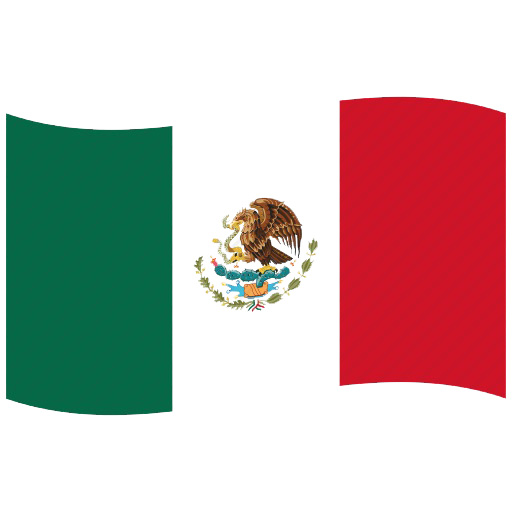
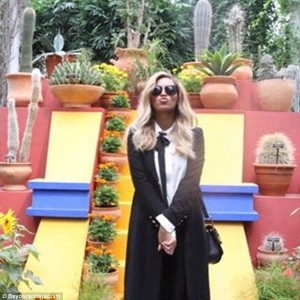
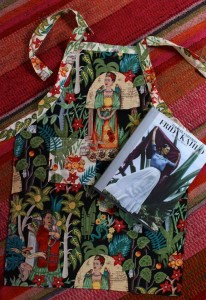
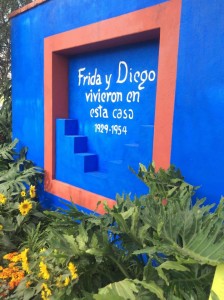
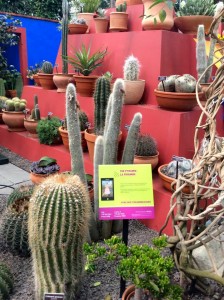
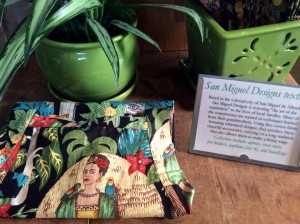
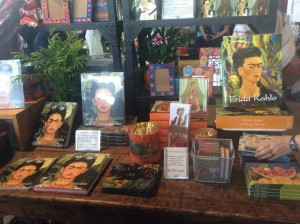
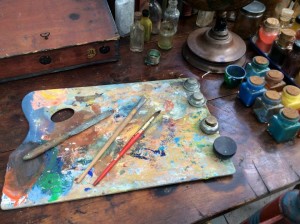
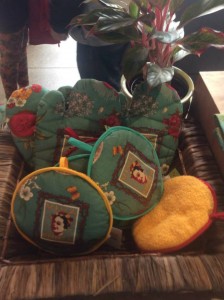
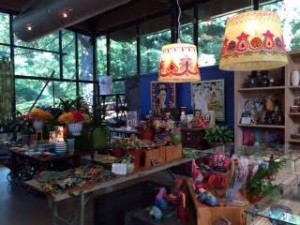
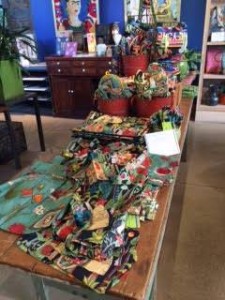
Comments are closed.